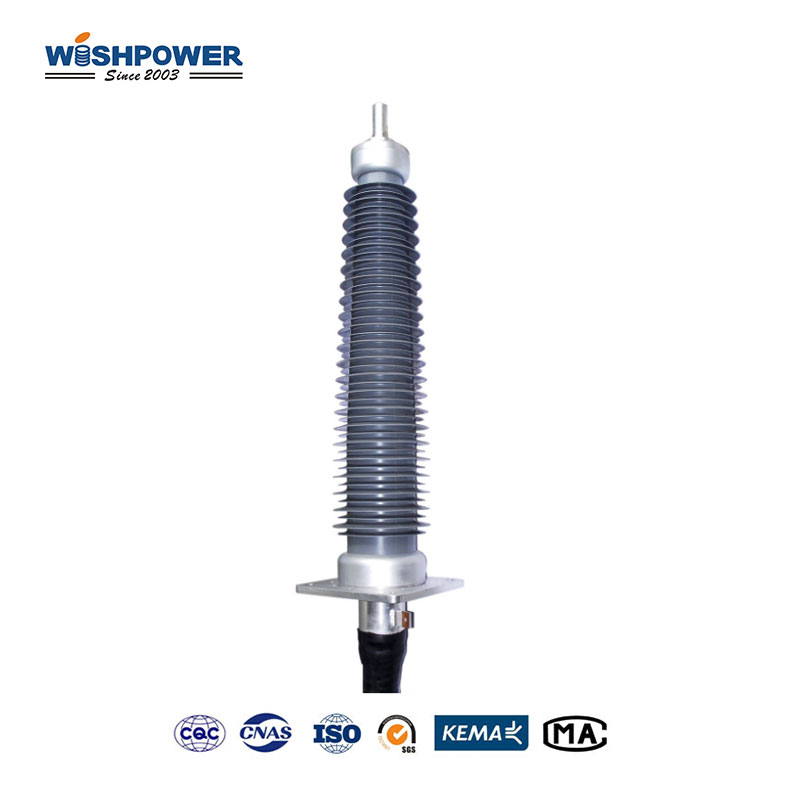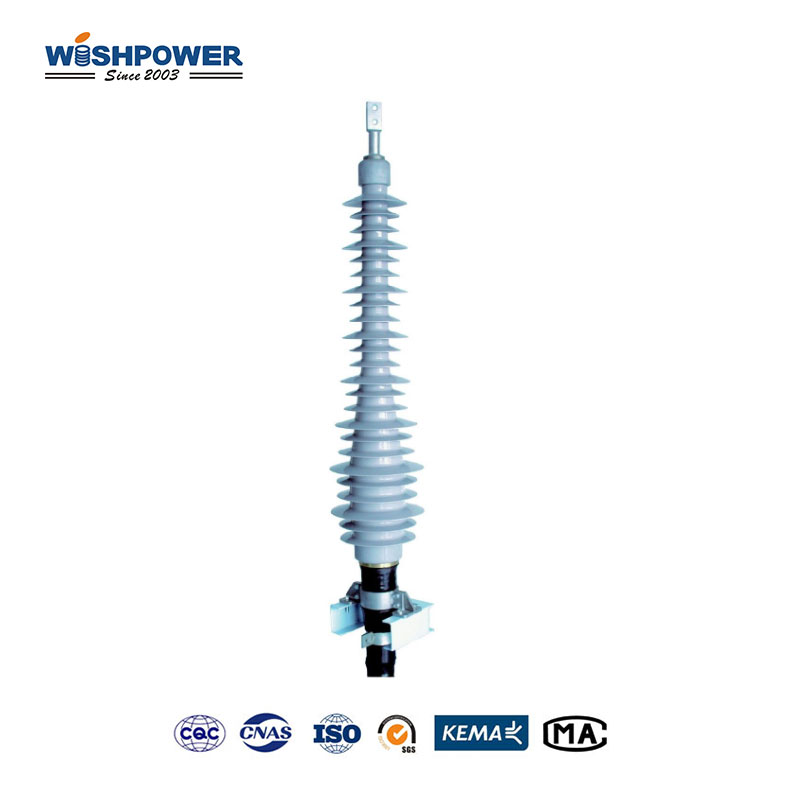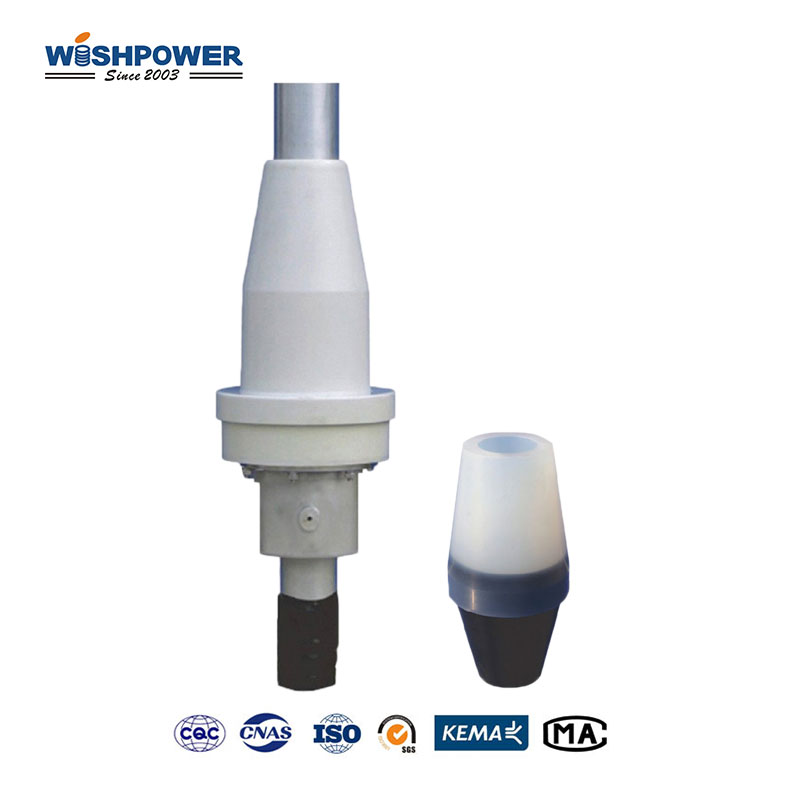What is cable jointing and termination?
Electrical and power distribution systems like any other systems require cable jointing and termination which is undertaken for continuity of systems, safety, and efficiency. Stable connections across cables imply secure power flow in industrial and residential installations. Power failures caused by high-quality joints and terminations are prevented and reliable systems are maintained.

Cable Jointing and Termination are critically important.
Safety power transfer and structural integrity are keys enabled through cable jointing and termination. Cables are linked to equipment or grounding via terminations joining the cable ends safely and joints connecting cables. These processes help to ensure that systems operate securely at high current loads, and are not compromised in the face of environmental exposure, thereby limiting the risk of overheating, or damage to equipment, for example.
Cable Jointing and Termination – Key Components
Conductive Materials: Commonly copper or aluminum are used in high conductivity and durability, to effectively transfer the energy.
Insulation: Insulated from electrical stress and environmental conditions by silicone rubber and epoxy resin, the connection is provided.
Seals: Moisture and contaminant seals are also available.
Stress Control: Stress cones such as these are designed to deal with high-voltage stress in the joint, to keep things stable.
Metallic Sheaths: For mechanical protection and electromagnetic shielding some systems employ sheaths.
Types of Cable Joints
Straight Joints: An extension of cable runs while maintaining electrical integrity can be done by connecting cables in a straight line.
Branch Joints: Useful in complex distribution systems for allowing branching from a main cable to other sections of a network.
Transition Joints: Different insulation materials in the connect cables have a reliable transition point.
Types of Cable Terminations
Heat Shrink Terminations: Heat shrink tubing is mostly used to insulate and protect from the environment, making it useful for outdoor setup.
Cold Shrink Terminations: Quick and secure fit pre-expanded sleeves contain cables, good for low and high voltage applications.
Dry-type Terminations: Use solid insulation, for example, used in high voltage environments and gas-insulated switchgear (GIS).
Materials in Cable Jointing and Termination
Copper: Copper is widely used in high-conductivity conductors in cable joints.
Aluminum: Aluminum suits, being lightweight and conductive, are cost-effective and can cover a large network.
Silicone Rubber: It insulates, is flexible, and resistant to extreme temperatures.
Epoxy Resin: Good for outside and also underground, protected and insulated.
Gel Sealants: Gel sealants are used for the use of moisture resistance in harsh conditions.
Quality Control
Installation
Installation is critical to quality in jointing and termination. Installation is paramount here and skilled installers are vital to avoiding problems such as overheating and electrical faults, and quality control practice such as insulation testing, ensures that the connections are safe and reliable.
Cable Jointing and Termination Challenges
Environmental Exposure: Outdoor systems must have the capability to resist moisture, temperature change, and wear.
Electrical Stress: Stress control is required for application in high voltage where breakdowns are undesirable.
Mechanical Strain: Physical stresses to heavy-duty cables require durable connections.
Reliable Cable Jointing and Termination offers some advantages.
Extended Cable Life: Good installation prolongs the lifespan of the cable and system.
Enhanced Safety: Restraints arcing and overheating hazards.
Improved Efficiency: Reduces downtime and keeps systems up.
Cost Savings: Less frequent repairs or replacements cut your long-term costs.
Future Trends
The progress in eco-friendly materials, smart monitoring, and pre-fabricated designs is making electricity infrastructure more efficient and less environmentally harmful with progress towards a more sustainable future. Therefore, good cable jointing and termination are tantamount to safe and efficient electrical systems. Specifically, these connections are built with high-quality materials and follow best practices to ensure stable, long-lasting power distribution.
If you have different opinions or want to know more, please leave a message on the website or contact us directly at info@wishpower.net

















